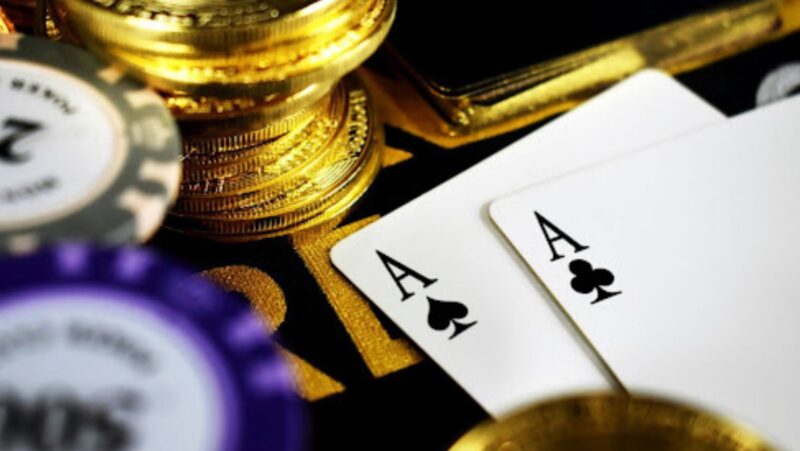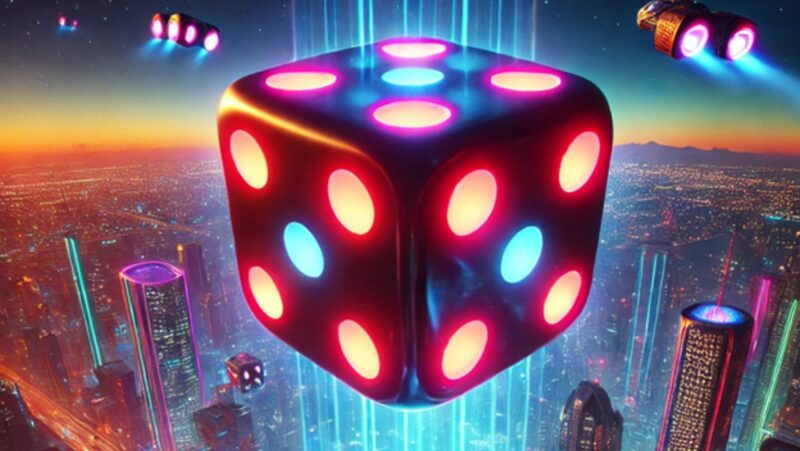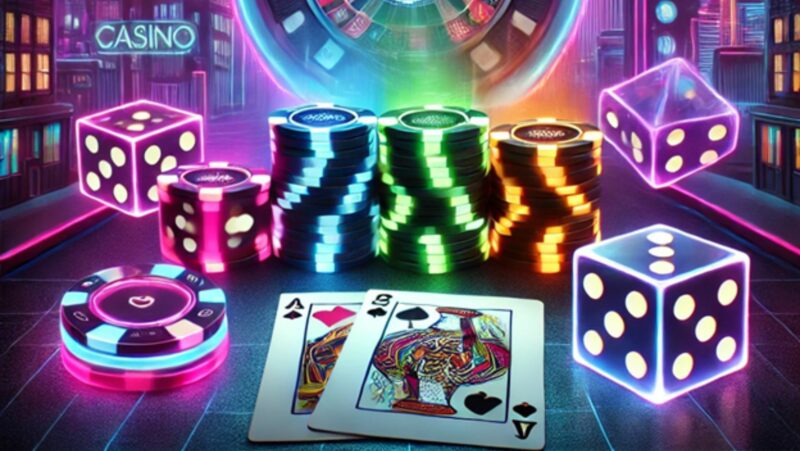Syberia: The World Before – Search For Heritage And Identity
Syberia: The World Before is a game that asks players to explore the past and present of Russia, before it was permanently changed by the revolution. Players search for family members lost during this era, uncovering an amazing story about heritage and identity in today’s world.
The “syberia game” is a 3D point-and-click adventure game and the first part of the Syberia trilogy. It was developed by Benoît Sokal, and published by Microïds in 2000. The story takes place in a fictional country called Syberia and follows Kate Walker, an American lawyer who travels to Europe to find her father.
I had no clue when I installed the game that I would have such a memorable experience in the days ahead. Syberia: The World Before is the fourth game in the Syberia series (five if you add Amerzone), and the first to go in a completely different route from the other games’ primary plot. The new Microid game will be released on March 18, 2022, but there has already been a lot of discussion about the tale and conclusion online, indicating that the new Sokal game will be a success. But what is it about the new Syberia that makes it so popular?
The plot, which is delivered through the eyes of our two characters, is a big part of Syberia: The World Before’s popularity. In the first chapter, we find ourselves in 1937, stepping off the tram as Dana Rose and hurrying to the steampunk-inspired monumental piano in Vaghen’s main square, where the city’s eyes are on us as we perform Vaghen’s anthem, Dana’s music academy exam piece, where the city’s eyes are on us as we perform Vaghen’s anthem, Dana’s music academy exam piece. Dana Rose is a lovely and humble 17-year-old Vaghenian girl with a God-given musical gift, but it’s unclear whether she’ll have the chance to utilize it. The fear of the National Socialist ‘Brown Shadow’ party, which is intended to eliminate all those who stand in the path of the’superior race,’ including the Vaghenians, is rising in the town of Vaghen and the surrounding territories. The winds of war and disaster are already sweeping through Europe, but the people of this little village are secure for the time being. Then we go across time and space to 2004, where we find ourselves in the body of Kate Walker from the previous Syberia games, deep in a Taiga salt mine. Kate and her punk musician cellmate Katyusha look for a way out, which they uncover in the form of a secret tunnel and riches left behind by the Brown Shadow. Then they come upon a mystery 1937 artwork with a near-perfect image of Kate in the foreground of a lovely Alpine setting. The two sisters resolve to work together to find out more about the painting’s history. Then tragedy strikes, and Kate loses her companion, prompting her to make a last vow to her: discover the girl in the mystery picture.
The plot – The past collides with the present
Kate Walker winds herself in Vaghen, where she seeks to learn all she can about the picture and, most importantly, Dana Rose, the girl in it. As the border between the two tale threads gets thinner and thinner until they intersect, we discover more and more about Kate’s enigmatic doppelganger’s background and, at the same time, about Kate herself, thanks to Kate’s inquiry. There are numerous similarities and linkages between Kate and Dana, apart from the particular interconnectedness of the two storylines. One of these is the enigmatic musical swan, which has captivated Kate’s mind since infancy and has a remarkable similarity to the golden swans of Vaghen’s clock tower. Or the two girls’ musical abilities, their European ancestry, and eventually, the many clues that lead Kate closer to locating Dana.
Dana and Kate share more than just their appearances; they are both outsiders in various respects, have had numerous sad losses, and when left to their own devices, both become perennial wanderers in search of themselves and their place in the world. Through film, photographs, diaries, and letters, Kate learns about the beautiful town of Vaghen and its surroundings, its history, and the people who are an integral part of both the town and Dana’s story, and with their help, she unravels step by step the story of drama, passion, friendships, adventure, tragedy, and struggle that we experience as Dana at the dawn of WWII.
Symbols and ambiance
The nearly ethereal mood that holds the player from the first instant is one of the most stunning aspects of Syberia: The World Before. The excellent soundtrack, the intricate and art nouveau/inter-war type artwork, the rich intricacies in side missions, and the lovely cutscenes are all part of the package. At the same time, these game’s backdrop components are powerful symbols that play a significant part in the plot.
Dana Rose is initially seen on the tram in the opening scene, and Kate switches from her bike to the tram when she sets out to explore Vaghen since there is no other way to go about the city. The tram runs through Vaghen, with one end of the line heading to a cemetery on a tiny island in a lake on the outskirts of town, and the other to a mountain retreat. The tale transports you practically everywhere via tram, but unlike many games, the ride is not skipped since it is an integral element of the plot. Every tram voyage may be followed, giving you lots of opportunities to appreciate Vaghen’s gorgeous countryside while also being treated to crucial dialogues, monologues, and revealing silences. While riding the tram, we pick up a lot of useful information. The tram acts as a kind of bridge between Kate’s world and Dana’s, charting the major events in Dana’s life from beginning to finish, recounting an exciting and sad trip through life via landscape and dialogue, so profoundly saturated with the town of Vaghen. The tram is a vital ‘device’ for Kate as well, leading her to the clues and making her a more important part of Vaghen but also showing her what is terrible to see.
The magnificent classical soundtrack that follows our travels from the first scene to the finale is without a doubt a crucial aspect of the game. However, the music may be more than simply for the purpose of it; it could also be a symbol, functioning as a connection between Dana and Kate. There are several insert motifs in the story, including Chopin’s works, which appear frequently in Dana’s life, symbolising both the dreamlike moments of happiness that help the characters get through the difficult pre-war period and provide a sense of calm and untroubled joy in a fascist-dominated atmosphere, as well as the ‘otherness’ for which Dana and her companions are condemned to persecution. The significance of the second recurrent musical theme is significantly greater. Vaghen’s hymn is performed in the opening scene, then Dana performs it on the piano for the final time. Kate later performs it at the same piano, establishing the first tangible connection between her and Dana’s narrative. For both girls, the song represents the very deep ties and roots that link them to their pasts and to the town, a history that none of them can ever forget or let go of. This lends the song a bittersweet, endlessly familiar, almost ‘homecoming’ charge, symbolizing Vaghen’s long-forgotten pre-war world and Dana’s history.
Aside from this, there are countless more little touches that contribute to the game’s distinctive and atmospheric sense, as well as the player’s total immersion in the story’s tiny universe. This includes, for example, the fact that there are various possibilities to explore the landscape around us in addition to the linear tale. Although these side tasks are not required to finish the game, they may greatly enhance the experience.
Several times throughout the game, I found myself entirely engrossed in the circumstances of one of the major characters, and even after I completed the game, I felt like I was still a part of their universe. I believe the popularity of the current Syberia resides in these little nuances, as well as the plot and the unmistakably antique feel, since you can follow the characters through the years with your heart and soul.
Gameplay
There is just one conclusion since the game follows a linear storyline. This has both a benefit and a drawback. You won’t have to worry about not being able to complete a mission and having to repeat the scenario many times. Instead, if we deviate from the road, our character will tell us where to go next with a suitable remark. However, the linear plot has several flaws; I believe it would have been more intriguing to have many endings to pick from, with certain characters’ destinies going a different path. Of course, I’m not suggesting that we achieve a flawless happy ending since we need dramatic strands in the tale, but rather that we have a little more flexibility in terms of options. In similar vein, we do have to make certain decisions during the tale, but they largely impact the discussions and have no long-term consequences for the plot.
By the way, the gameplay is made up of two primary sections that swap in turn. The plot is largely delivered via cutscenes and conversations in which you may pick between many options, with puzzle-like activities providing progress and hints. These are simpler or more difficult logic puzzles to solve utilizing items and minor information discovered around the character or gathered before; nevertheless, if you get lost, you can always ask for suggestions using the menu in the upper right corner until you finish the problem. As most of the puzzles involve things with automatons or clever locks, this is where the steampunk aspect of the game comes into play. Some of these puzzles might take up to half an hour to complete, particularly if the sequence in which you should complete them is unclear. Oscar, the armadillo robot, is a significant aid in these adventures, providing suggestions and, if needed, willingly assisting Kate in completing the objectives. There are also times when Kate and Dana must do a job in concurrently, in which case we might pass back and forth the information obtained by the other.
The puzzle-type jobs, exploration/adventure sequences, and story-telling cutscenes are swapped in a decent proportion, so we don’t feel like there are too few interactive possibilities, but we also don’t become sick with the puzzles. Of course, this is a personal preference. The game is also quite simple to handle; all you need is a mouse, and you receive clear on-screen instruction for particular mouse motions, which is excellent since you don’t have to sit in front of the computer for half an hour figuring out how to twist a key or chop down a tree. (Unfortunately, I’ve had similar situations in other games.) I did miss having a keyboard, which might have made navigation a little simpler, but that depends on the controls you’re accustomed to.
The game may be played without having seen the prior episodes, however understanding the prequels will make it much more entertaining, since Kate’s narrative thread has several allusions to them.
Graphics, sound, and music are all included.
This is one of the things that has captured my attention the most. There’s no question that the game’s visuals, which I’ve previously discussed, have received a great deal of attention. You’ll notice how detailed the game is if you play it on the highest graphical settings. I found almost no flaws in the rendering, and the backgrounds are incredibly detailed in every scene. For example, while the “camera” is focused on Kate, we see the lady in the gift shop window, or as we walk through the main square, the characters are talking on the cafe terraces, which are also detailed, or the leaves are falling from the trees in autumn, and the objects reflect the early afternoon sunlight.
The game’s background music is also lovely, perfectly capturing the mood of the pre-war era. In addition, the voice acting is amazing. The performers did an outstanding job; the British-accented characters nearly exactly recall the mood of 1930s and 1940s films, which fits nicely into the backdrop of our narrative. Given the story’s German location, I think it’s also a significant advantage that the creators have taken care to assure the authenticity and correctness of the German texts and subtitles. This heightens the game’s seriousness, since it may be immensely frustrating when a game that is otherwise excellent has historical, foreign language, or contextual mistakes.
Other than that, it’s reassuring to find that Syberia is historically accurate in other areas. Dana’s characters wear actual attire rather than conventional “vintage” outfits, and the furniture, cars, and buildings (apart from being a steampunk-themed game, of course) are historically correct. This meticulousness is what contributes to the story’s profound immersion.
The peculiarities in the visuals, on the other hand, must be highlighted. The performance requirements for the PC edition are the game’s most serious flaw. By default, the game takes up 22 GB of storage space, and it may only be loaded on the C drive. However, this is an issue that can be solved. At the same time, even with the lowest visual settings, the game uses a lot of RAM, therefore it’s only safe to play on competent gamer PCs. It’s easy for it to freeze or lag on older systems, and you may not be able to go beyond the loading screen and have to restart the game.
-Shion-
Pro:
+ A tale that is nuanced, meaningful, and fascinating + Beautiful music and images that help to create a memorable and genuine environment + It is simple to use.
Against:
– High performance requirements, which might make the game unresponsive if the PC isn’t strong enough – There are no other plots or endings — Control is based on the mouse or the cursor.
Microids is the publisher.
Microids Studio Paris is the creator of this game.
Adventure game genre
The film will be released on March 18, 2022.
I had no clue when I installed the game that I would have such a memorable experience in the days ahead. Syberia: The World Before is the fourth game in the Syberia series (five if you add Amerzone), and the first to go in a completely different route from the other games’ primary plot. The new Microid game will be released on March 18, 2022, but there has already been a lot of discussion about the tale and conclusion online, indicating that the new Sokal game will be a success. But what distinguishes the new Syberia…
The Search For Heritage And Identity In Syberia: The World Before
The Search For Heritage And Identity In Syberia: The World Before
2022-03-25
Shion
Syberia: The Universe Before is an engrossing game that has the ability to thoroughly immerse you in its world if you like excellent stories, historical issues, and drama. Even though my computer struggled to keep up with the game, I was fully engrossed in it. In any case, it is something I can strongly suggest to followers of the genre. The heartfelt narrative and thrilling difficulties taught me a lot about relationships, the value of heritage, and the strength of inner will.
9/10 for gameplay
9.5 for graphics
9.5 for the story
9.5 for music and audio
9.8 Ambience
9.5
AWESOME
Syberia: The Universe Before is an engrossing game that has the ability to thoroughly immerse you in its world if you like excellent stories, historical issues, and drama. Even though my computer struggled to keep up with the game, I was fully engrossed in it. In any case, it is something I can strongly suggest to followers of the genre. The heartfelt narrative and thrilling difficulties taught me a lot about relationships, the value of heritage, and the strength of inner will.
Be the first to leave a comment!









